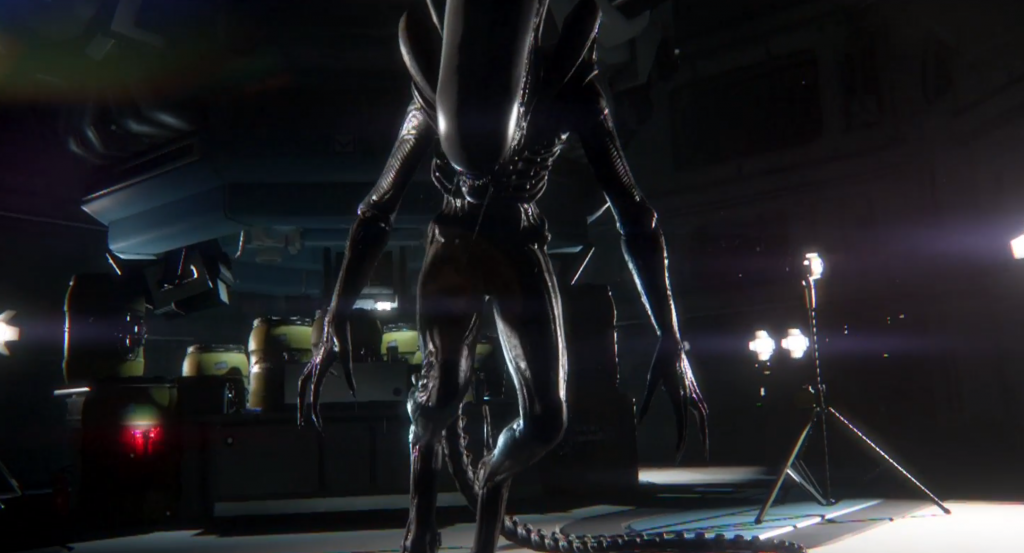Videogame adaptations of franchises from other mediums are often rushed, cheaply-developed cash-ins meant for nothing more than milking some extra money from a licence, but thankfully this isn’t always the case. I really enjoyed my time with Alien: Isolation, and while I wouldn’t go so far as to say it’s one of the greatest videogames I’ve ever played, it is easily one of the most faithful, respectful and generally high-quality videogame adaptations of an existing franchise that I’ve experienced.
Developed by Creative Assembly and published by Sega, Alien: Isolation was released for the PC, PlayStation 4 and several other consoles in October 2014, the game owing its existence to the Alien science-fiction / horror franchise, very specifically the film that started it all, 1979’s Alien. Set fifteen years after the events of that film, the game casts the player as Amanda Ripley, daughter of Ellen Ripley, Sigourney Weaver’s character in Alien. Amanda is looking for answers regarding her mother’s disappearance fifteen years ago and this leads her to Sevastopol, a remote space station on which almost the entirety of the game takes place and which is in chaos due to the arrival of an alien, one which hunts Amanda throughout the game.
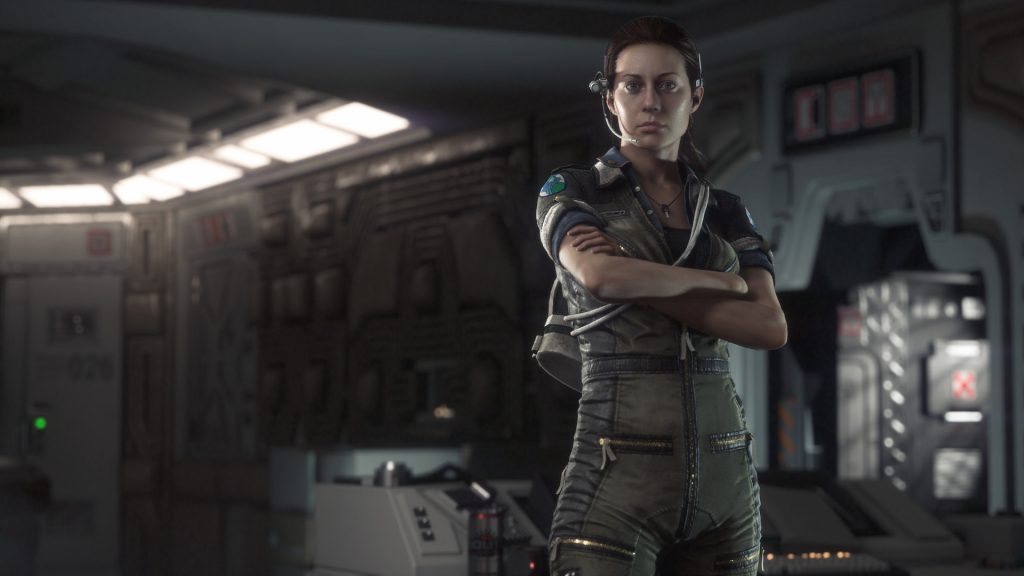
There have been numerous Alien-related videogames released since the 1980s, with most of these taking their cue from 1986’s more action-orientated Aliens, an understandable choice but one which has led to players thinking nothing of mowing down swarms of aliens, robbing the creature of its menace.
However, Alien: Isolation is brave enough to be different by taking its inspiration from the original movie and having the player be the prey and the alien the hunter, the game being a first-person stealth-focused survival horror title in which evasion and distraction are key to survival, as there’s no way to actually kill the alien – the best you can do is survive your encounters with it and push onward.
Although you’ll spend time hiding inside lockers and beneath desks and peeking around objects, you’re not totally helpless, as you gradually amass a stash of helpful items and weapons such as the iconic motion tracker, a flashlight, flares, medkits which restore health, explosives such as pipe bombs and EMPs, and weapons such as a shotgun and flamethrower. Some of your equipment can help in dealing with the alien while other items and weapons are useless against it and are instead meant for dealing with the other threats aboard Sevastopol, namely the more violent survivors and the hostile Working Joe androids.
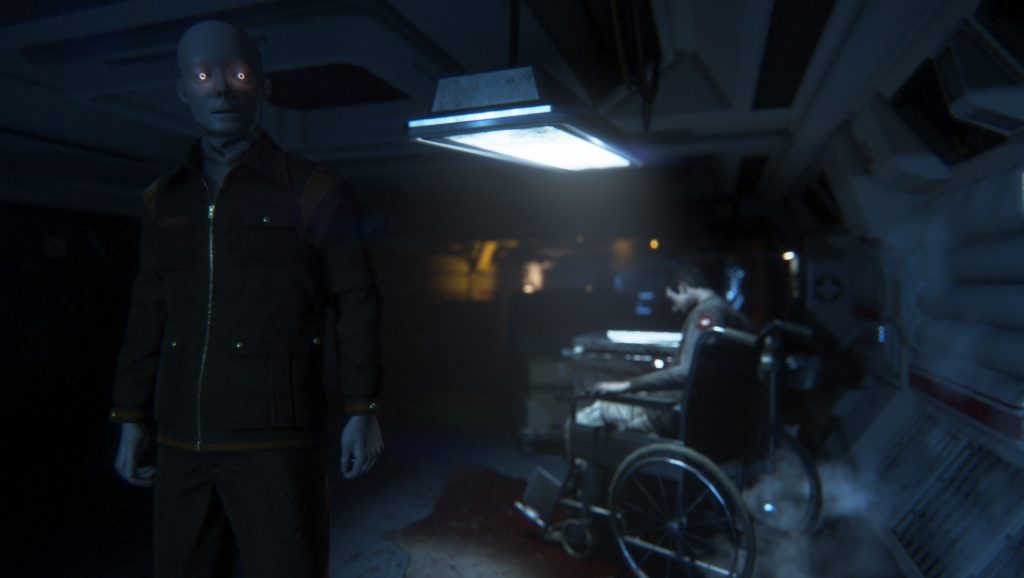
Scattered throughout the game-world are the materials required to craft some of these items, and some can also have their effectiveness increased by finding relevant blueprints. While ammunition for your weapons isn’t abundant, as long as you’re not wasteful with it then this doesn’t become a problem. There is a really nice trade-off relating to guns and explosives, however – you can blast away at regular enemies if you like, but if the alien is nearby at the time then the noise will draw it to your position quicker than Shane MacGowan to a free bar.
In fact, sound plays an incredibly important role in the game, as it’s one way in which the alien can track you, so it’s not just firing guns which is often incredibly risky but also other actions such as sprinting – even the beeping of your motion tracker can give you away if the alien is close enough. Other great uses of sound include the sinister politeness of the Working Joes, Amanda’s breathing when inside a spacesuit, and a number of sounds connected to the alien: its heavy footsteps, terrifying hissing, the noise it makes when moving through ventilation systems, etc.
The music doesn’t disappoint either, with the game’s soundtrack being subtle at times, invoking dread, and more dramatic at others, invoking panic, and the music always feels fitting in regard to the source material.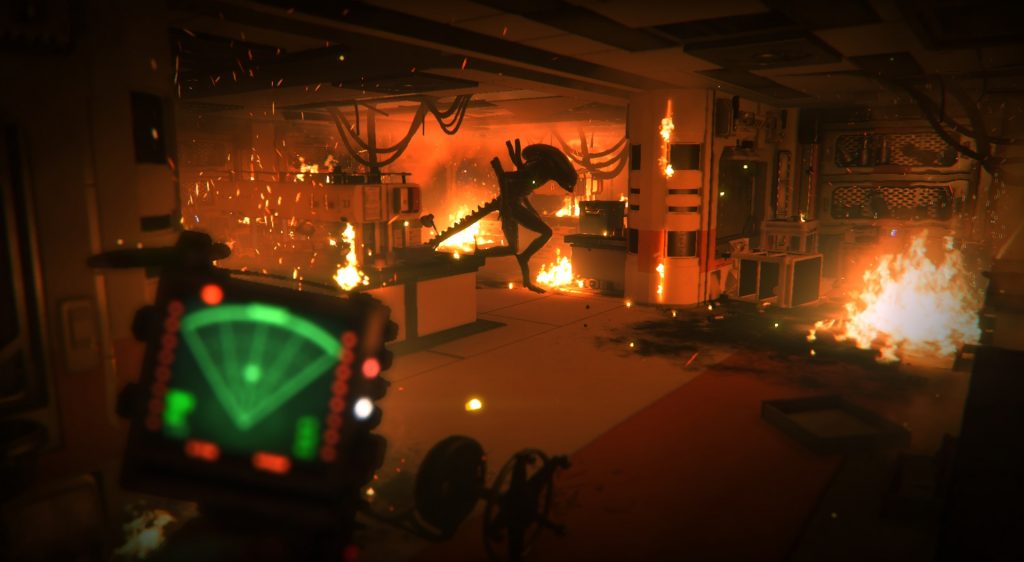
But even more fitting is the visual design, as Creative Assembly clearly went all-out in creating a game-world which looks utterly faithful to the universe presented in Alien, the game featuring the same lo-fi, “1970s-era vision of the future” style of the film, and it’s a style to which the game commits absolutely and painstakingly. The visuals impress from a strictly technical standpoint as well, with the lighting being particularly noteworthy, and everything comes together to create a distinctive and memorable retro-futuristic atmosphere.
In terms of its structure, Alien: Isolation has somewhat of a Metroidvania element to it, as you’ll often come across doors and vent hatches which you can’t open because you don’t possess the right tool for the job at that time. But later, once you’ve picked up the required tools, you can return to these barriers and gain access to whatever lies beyond.
The different sections of Sevastopol which you visit are made up of numerous rooms, corridors and vent shafts, and as the game progresses you often have the freedom to roam between visited areas at will. But while exploration can reward you with items, ammunition, further narrative details – via text logs and audio logs – and collectibles, your time spent roaming can also put you at further risk, creating an effective risk / reward situation.
Navigation is assisted by a detailed map, and you save your game by using wall-mounted devices scattered throughout Sevastopol. And after certain long stretches of tense gameplay, encountering a save-point can be a huge relief, the experience occasionally reminding me of reaching a much-needed bonfire during my original playthrough of Dark Souls.
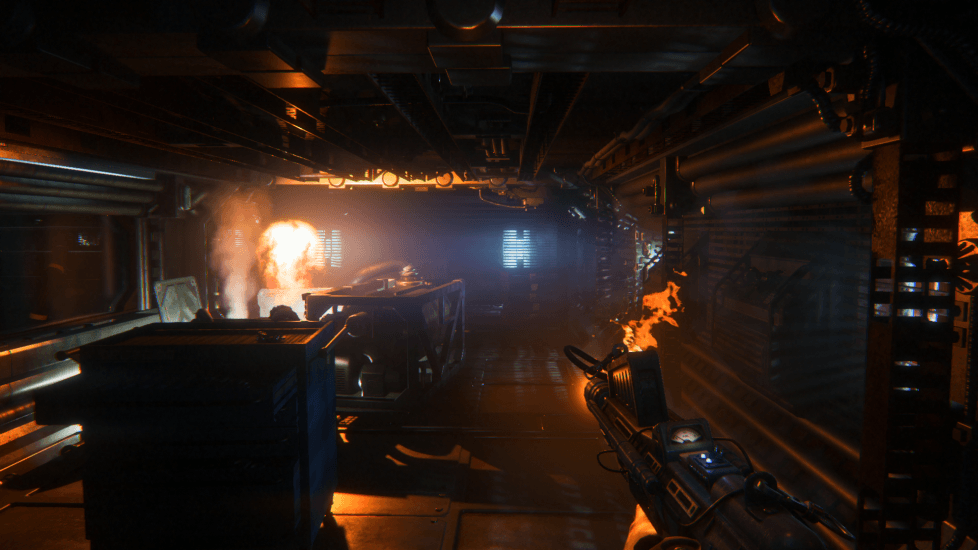
Alien: Isolation has a few flaws, such as some of the effects of the interactive rewire boxes being poorly explained and implemented, and the fact that alternating between standing and crouching can sometimes be imprecise.
But I found the most prominent negative to be the way in which it sometimes seems to come down to luck rather than skill as to whether or not the alien finds you. For example, there was one small area which I attempted about four or five times, moving slowly and carefully, and each time the alien randomly found and killed me anyway. So then I thought “Fuck it” and just walked through quickly and brazenly – not only did I complete the area, I didn’t even encounter the alien.
If you complete Alien: Isolation’s story mode and are eager for more then there are a number of pieces of downloadable content available, these Survivor Mode scenarios focusing on gameplay over narrative and tasking you with completing them as quickly as possible while racking up points. A word of warning, though: in a shitty move by Sega, the game’s season pass doesn’t actually include Crew Expendable and Last Survivor, two pieces of DLC which, despite their brevity, act as a real treat for Alien fans by featuring some of the actors from the film reprising their roles.
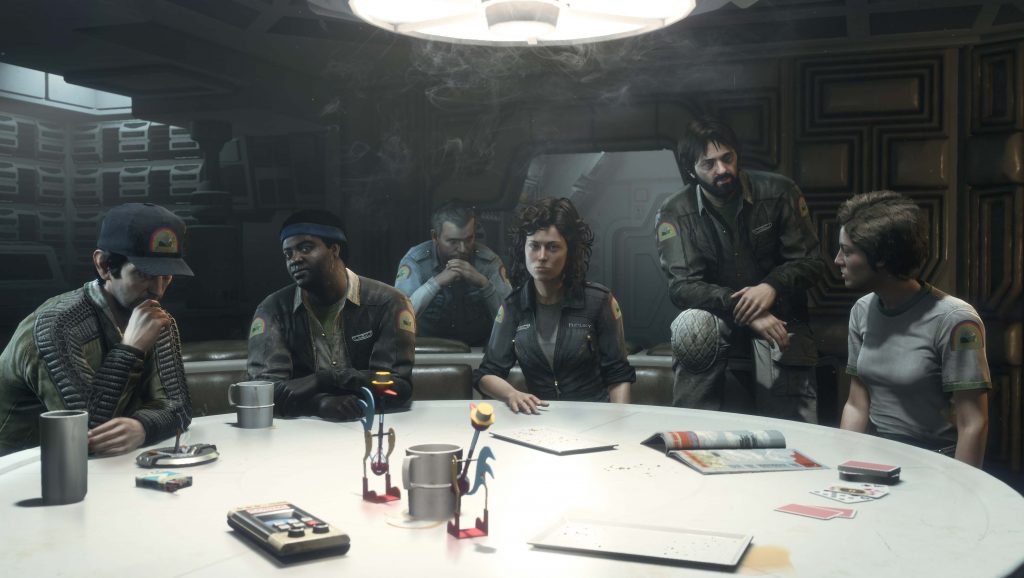
Ultimately the flaws of Alien: Isolation are easy to overlook due to just how much the game excels at its strengths. If you’re a fan of the Alien franchise – or simply a fan of horror games – and you haven’t played this game yet then you should absolutely do so.
Despite being a high-profile release with an assumedly fairly high budget, Alien: Isolation manages to be creatively brave while also coming across as a passion project, something made by talented people who really appreciated and understood the source material and who wanted to honour it as best they could in videogame form. And in this regard, they’ve done an incredible job.
Emily Medlock is an avid gamer whose passions not only include video games of all kinds, but anime, music, movies, and reading.

